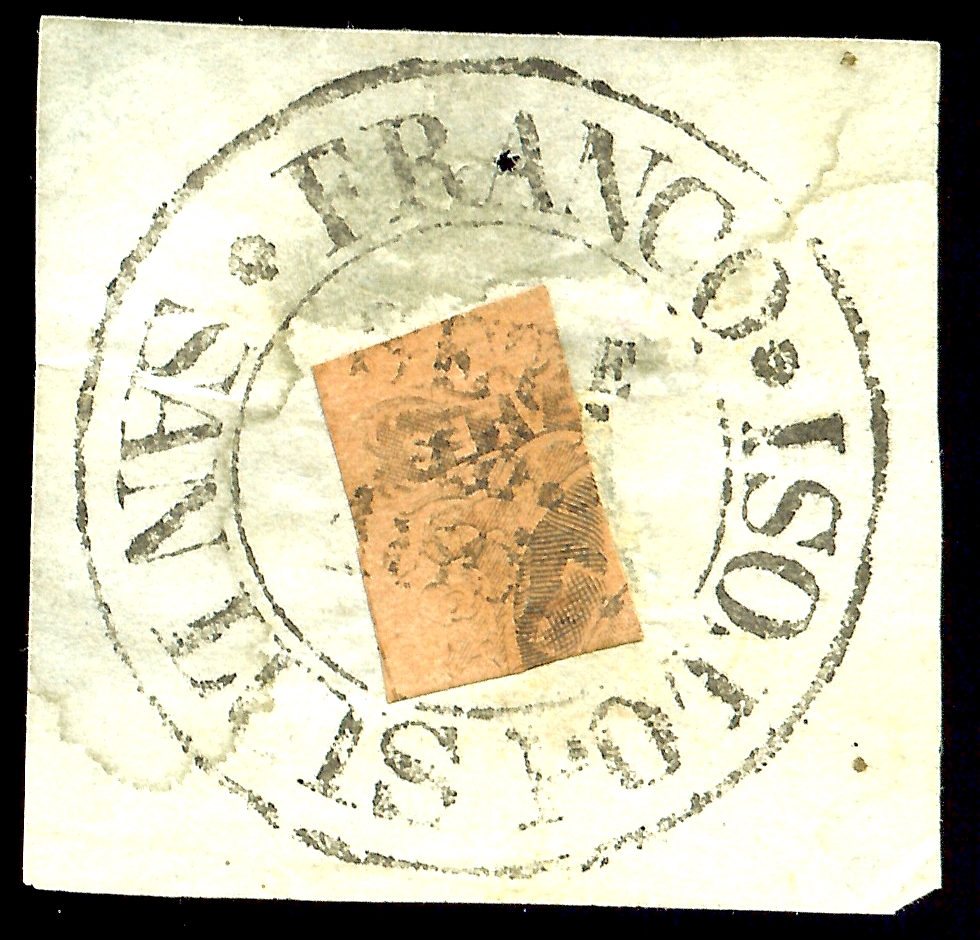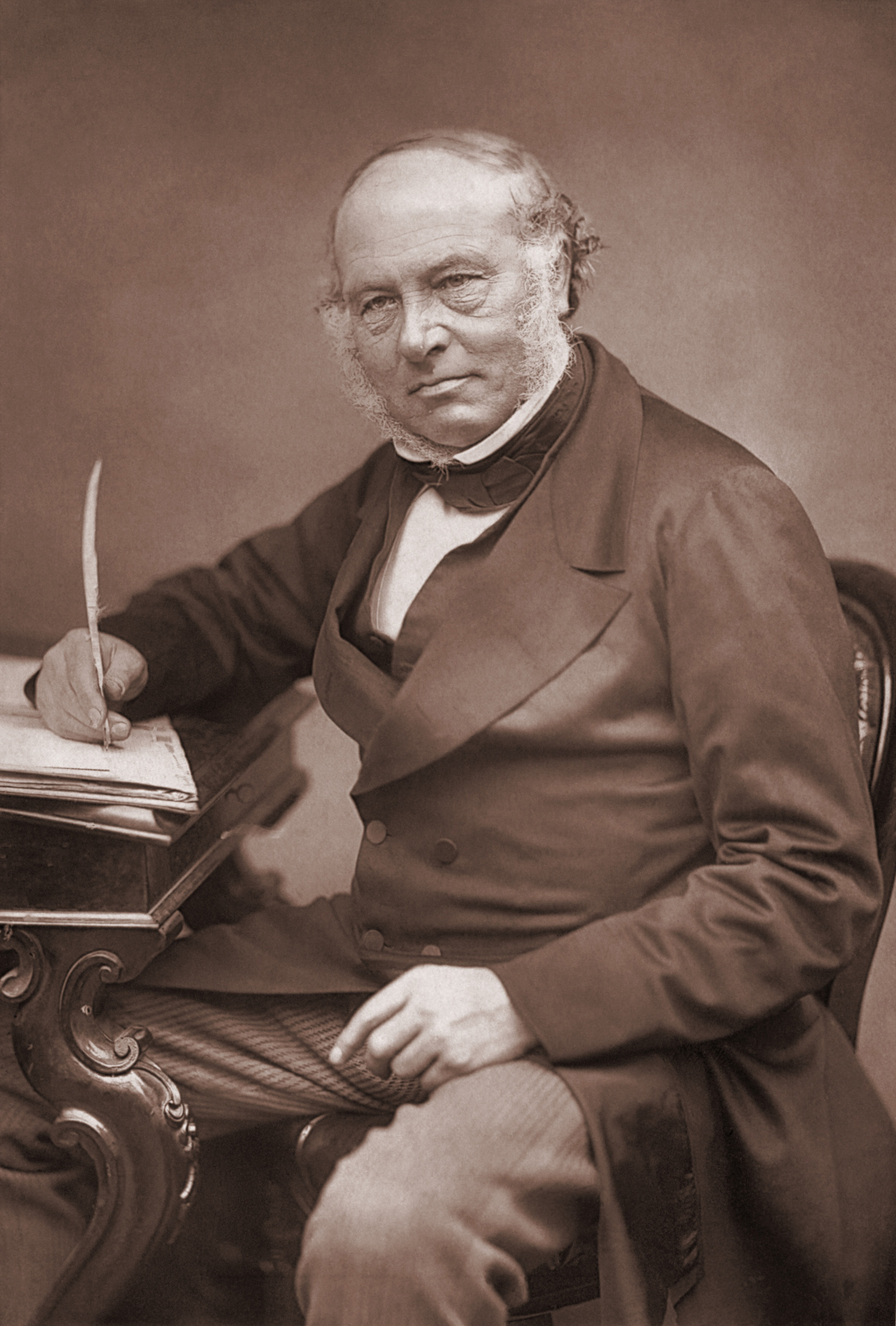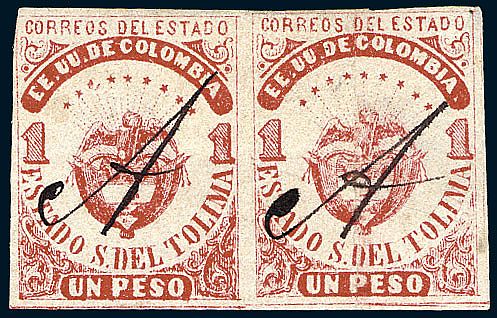|
Bisect (philately)
Bisects and splits refer to postage stamps that have been cut in part, most commonly in half, but also other fractions, and postally used for the proportionate value of the entire stamp, such as a two cent stamp cut in half and used as a one cent stamp. When stocks of a certain stamp ran out, postmasters sometimes resorted to cutting higher denominated stamps in half, vertically or diagonally, thus obtaining two "stamps" each representing half of the original monetary value, or "face" value, of the uncut stamp. The general public also resorted to this practice, sometimes pursuant to official or tacit permission and sometimes without any express authorization. Many of these instances have been well documented in postal history. One example is the bisects of the Island of Guernsey during the German military occupation of the Channel Islands during World War II. Early Mexican stamps are known to have been used cut in half, three-quarters, quarters and even eighths. Many bisects and ... [...More Info...] [...Related Items...] OR: [Wikipedia] [Google] [Baidu] |
Mexico 11 Quartered
Mexico ( Spanish: México), officially the United Mexican States, is a country in the southern portion of North America. It is bordered to the north by the United States; to the south and west by the Pacific Ocean; to the southeast by Guatemala, Belize, and the Caribbean Sea; and to the east by the Gulf of Mexico. Mexico covers ,Mexico ''''. . making it the world's 13th-largest country ... [...More Info...] [...Related Items...] OR: [Wikipedia] [Google] [Baidu] |
Postage Stamp
A postage stamp is a small piece of paper issued by a post office, postal administration, or other authorized vendors to customers who pay postage (the cost involved in moving, insuring, or registering mail), who then affix the stamp to the face or address-side of any item of mail—an envelope or other postal cover (e.g., packet, box, mailing cylinder)—that they wish to send. The item is then processed by the postal system, where a postmark or cancellation mark—in modern usage indicating date and point of origin of mailing—is applied to the stamp and its left and right sides to prevent its reuse. The item is then delivered to its addressee. Always featuring the name of the issuing nation (with the exception of the United Kingdom), a denomination of its value, and often an illustration of persons, events, institutions, or natural realities that symbolize the nation's traditions and values, every stamp is printed on a piece of usually rectangular, but sometimes triangular ... [...More Info...] [...Related Items...] OR: [Wikipedia] [Google] [Baidu] |
Postage Stamp
A postage stamp is a small piece of paper issued by a post office, postal administration, or other authorized vendors to customers who pay postage (the cost involved in moving, insuring, or registering mail), who then affix the stamp to the face or address-side of any item of mail—an envelope or other postal cover (e.g., packet, box, mailing cylinder)—that they wish to send. The item is then processed by the postal system, where a postmark or cancellation mark—in modern usage indicating date and point of origin of mailing—is applied to the stamp and its left and right sides to prevent its reuse. The item is then delivered to its addressee. Always featuring the name of the issuing nation (with the exception of the United Kingdom), a denomination of its value, and often an illustration of persons, events, institutions, or natural realities that symbolize the nation's traditions and values, every stamp is printed on a piece of usually rectangular, but sometimes triangular ... [...More Info...] [...Related Items...] OR: [Wikipedia] [Google] [Baidu] |
Guernsey
Guernsey (; Guernésiais: ''Guernési''; french: Guernesey) is an island in the English Channel off the coast of Normandy that is part of the Bailiwick of Guernsey, a British Crown Dependency. It is the second largest of the Channel Islands, an island group roughly north of Saint-Malo and west of the Cotentin Peninsula. The jurisdiction consists of ten parishes on the island of Guernsey, three other inhabited islands ( Herm, Jethou and Lihou), and many small islets and rocks. It is not part of the United Kingdom, although defence and some aspects of international relations are managed by the UK. Although the bailiwicks of Jersey and Guernsey are often referred to collectively as the Channel Islands, the "Channel Islands" are not a constitutional or political unit. Jersey has a separate relationship to the Crown from the other Crown dependencies of Guernsey and the Isle of Man, although all are held by the monarch of the United Kingdom. The island has a mixed British-Norm ... [...More Info...] [...Related Items...] OR: [Wikipedia] [Google] [Baidu] |
Occupation Of The Channel Islands
The military occupation of the Channel Islands by Nazi Germany lasted for most of the Second World War, from 30 June 1940 until liberation on 9 May 1945. The Bailiwick of Jersey and Bailiwick of Guernsey are two island countries and British Crown dependencies in the English Channel, near the coast of Normandy. The Channel Islands were the only ''de jure'' part of the British Empire to be occupied by Nazi Germany during the war. However, Germany's allies, Italy and Japan also occupied British territories in Africa and Asia, respectively. Anticipating a swift victory over Britain, the occupying German forces initially experimented by using a moderate approach to the non-Jewish population, supported by local collaborators. However, as time progressed the situation grew gradually worse and ended in near starvation for both occupied and occupiers during the winter of 1944-45. Armed resistance by islanders to the German occupation was nearly non-existent. Many islanders were emp ... [...More Info...] [...Related Items...] OR: [Wikipedia] [Google] [Baidu] |
World War II
World War II or the Second World War, often abbreviated as WWII or WW2, was a world war that lasted from 1939 to 1945. It involved the vast majority of the world's countries—including all of the great powers—forming two opposing military alliances: the Allies and the Axis powers. World War II was a total war that directly involved more than 100 million personnel from more than 30 countries. The major participants in the war threw their entire economic, industrial, and scientific capabilities behind the war effort, blurring the distinction between civilian and military resources. Aircraft played a major role in the conflict, enabling the strategic bombing of population centres and deploying the only two nuclear weapons ever used in war. World War II was by far the deadliest conflict in human history; it resulted in 70 to 85 million fatalities, mostly among civilians. Tens of millions died due to genocides (including the Holocaust), starvation, ma ... [...More Info...] [...Related Items...] OR: [Wikipedia] [Google] [Baidu] |
Postage Stamps And Postal History Of Mexico
The Mexican postal system has its roots in the Aztec system of messengers which the Spanish adopted after the Conquest. A postal service was established in 1580, mainly to communicate between the viceroyalty of New Spain with the motherland Spain. During the 18th century, Spain established a formal postal system with regular routes. In 1856, Mexico issued its first adhesive postage stamps, with "district overprints", a unique feature among postal systems worldwide, employed to protect from theft of postage stamps. In 1891, the postal and stamp issuing authority was created as an administrative division of the Secretaría de Comunicaciones ( Secretariat of Communications). It was called Servicio Postal Mexicano (Sepomex). In 1901, the Dirección General de Correos (General Direction of Mail) was made a separate government agency. The Palacio de Correos de Mexico is used since 1907 as main post office. The Mexican Revolution and ensuing Civil Wars (1910–1920) resulted in numerous p ... [...More Info...] [...Related Items...] OR: [Wikipedia] [Google] [Baidu] |
Philatelic
Philately (; ) is the study of postage stamps and postal history. It also refers to the collection and appreciation of stamps and other philatelic products. Philately involves more than just stamp collecting or the study of postage; it is possible to be a philatelist without owning any stamps. For instance, the stamps being studied may be very rare or reside only in museums. Etymology The word "philately" is the English transliteration of the French "", coined by Georges Herpin in 1864. Herpin stated that stamps had been collected and studied for the previous six or seven years and a better name was required for the new hobby than ''timbromanie'' (roughly "stamp quest"), which was disliked.Williams, L.N. & M. ''Fundamentals of Philately''. State College: The American Philatelic Society, 1971, p.20. The alternative terms "timbromania", "timbrophily", and "timbrology" gradually fell out of use as ''philately'' gained acceptance during the 1860s. Herpin took the Greek root word � ... [...More Info...] [...Related Items...] OR: [Wikipedia] [Google] [Baidu] |
Pen Cancel
A pen cancel on a Russian postage stamp. In philately, a pen cancel – symbol – is a cancellation of a postage or revenue stamp by the use of a pen, marker or crayon. Usage In the early days of stamps, cancellation with a pen was common. Today stamps are almost always cancelled with an inked handstamp or a machine cancel as this is quicker to apply. Pen cancels are still sometimes seen today when a postal official needs to cancel stamps missed by the automatic cancelling machine. There are no fixed terms for the different types of pen cancels, but a cancel in the form of two crossed lines has been referred to as an ''X cancel''. Pen cancels may also take the form of notations by the canceller, the city in which the item was posted or the initials of the local postmaster. A pen cancel may indicate fiscal (revenue) use; however, in the early days of stamps a pen cancel was sometimes used because no handstamp was available, for instance in Nicaragua where pen canc ... [...More Info...] [...Related Items...] OR: [Wikipedia] [Google] [Baidu] |
Scott Catalogue
The Scott catalogue of postage stamps, published by Scott Publishing Company, now a subsidiary of Amos Media, is updated annually and lists all the stamps of the world that its editors recognize as issued for postal purposes. It is published in fourteen large volumes (as of 2021) that include twelve volumes containing all the countries of the world that have ever issued postage stamps, the ''United States Specialized Catalog'', and the ''1840–1940 Classic Specialized Catalogue'' (covering the world for the first 100 years that stamps were issued). It is also produced in non-printable CD and DVD editions. The numbering system used by Scott to identify stamps is dominant among stamp collectors in the United States, Canada and Mexico. Background The first Scott catalogue was a 21-page pamphlet with the title ''Descriptive Catalogue of American and Foreign Postage Stamps, Issued from 1840 to Date, Splendidly Illustrated with Colored Engravings and Containing the Current Value ... [...More Info...] [...Related Items...] OR: [Wikipedia] [Google] [Baidu] |
Revenue Stamp
A revenue stamp, tax stamp, duty stamp or fiscal stamp is a (usually) adhesive label used to designate collected taxes or fees on documents, tobacco, alcoholic drinks, drugs and medicines, playing cards, hunting licenses, firearm registration, and many other things. Typically, businesses purchase the stamps from the government (thereby paying the tax), and attach them to taxed items as part of putting the items on sale, or in the case of documents, as part of filling out the form. Revenue stamps often look very similar to postage stamps, and in some countries and time periods it has been possible to use postage stamps for revenue purposes, and vice versa. Some countries also issued dual-purpose postage and revenue stamps. Description Revenue stamps are stamps used to designate collected taxes and fees. They are issued by governments, national and local, and by official bodies of various kinds. They take many forms and may be gummed and ungummed, perforated or imperforate ... [...More Info...] [...Related Items...] OR: [Wikipedia] [Google] [Baidu] |
Horta (Azores)
Horta () is a municipality and city in the Portuguese archipelago of the Azores encompassing the island of Faial. The population in 2011 was 15,038 in an area of The city of Horta itself has a population of about 7,000. Horta's marina is a primary stop for yachts crossing the Atlantic Ocean, and its walls and walkways are covered with paintings created by visitors noting the names of their vessels, crews, and the years they visited. Peter's Cafe Sport is a bar located across from the marina that houses the island's scrimshaw museum, a collection of artifacts carved from whale tooth and jawbone. Peter's is a point of reference for transatlantic yachters and sailors. History 15th through 17th centuries In 1467 the Flemish nobleman Josse van Huerter returned to Faial on a second expedition, this time disembarking along the shore of what would be known as Horta Bay. He built a small chapel which would later form the nucleus of a small community known as Horta, a name possibly deri ... [...More Info...] [...Related Items...] OR: [Wikipedia] [Google] [Baidu] |









